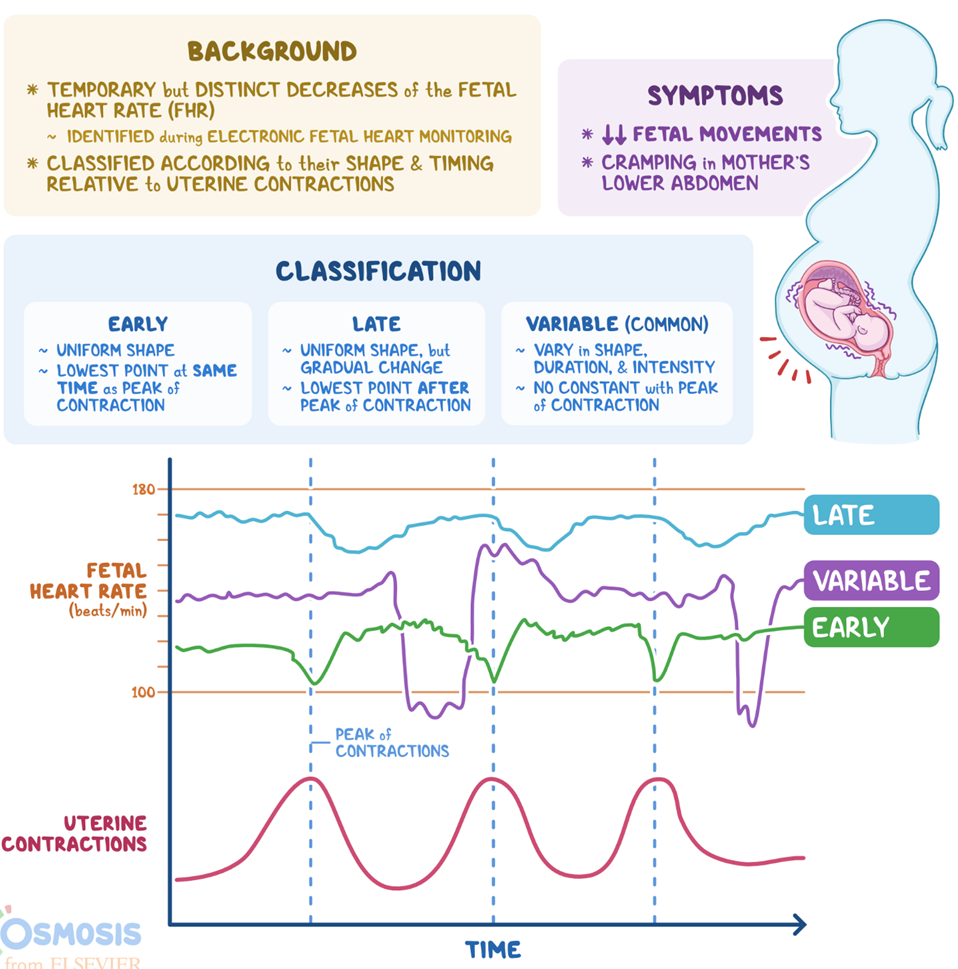A nurse is caring for a client who has been in labor for 12 hours with intact membranes. The nurse performs a vaginal examination to ensure which of the following prior to the performance of the amniotomy?
Fetal position
Fetal lie
Fetal attitude
fetal engagement
The Correct Answer is D
The correct answer is D. Fetal engagement
A. Fetal position, fetal lie, and fetal attitude are important aspects of the fetal presentation but are not specific considerations when performing an amniotomy.
B. Fetal lie is the relationship between the long axis of the fetus and the long axis of the mother. It is not directly relevant to the consideration of amniotomy.
C. Fetal attitude refers to the relationship of the fetal body parts to each other. It is not a specific consideration for amniotomy.
D. Fetal engagement is the correct consideration prior to amniotomy.
Fetal engagement refers to the descent of the fetal presenting part into the pelvis. Before performing an amniotomy, it is important to confirm that the fetal head is engaged in the pelvis, ensuring a lower risk of cord prolapse.
Nursing Test Bank
Naxlex Comprehensive Predictor Exams
Related Questions
Correct Answer is D
Explanation
The correct answer is D. Variable decelerations.
A. Accelerations in the fetal heart rate are generally considered reassuring. Accelerations are an indication of fetal well-being and are often seen in response to fetal movement.
B. Early decelerations are typically associated with head compression during contractions and are considered a normal response to the pressure on the fetal head.
C. Late decelerations are indicative of uteroplacental insufficiency.
Late decelerations occur after the peak of the contraction and are associated with inadequate oxygenation to the fetus. This pattern raises concerns about the baby's well-being.
D. Variable decelerations are associated with umbilical cord compression.
Variable decelerations are abrupt decreases in the fetal heart rate that vary in duration, depth, and timing. They often coincide with contractions and suggest compression or occlusion of the umbilical cord.

Correct Answer is C
Explanation
The correct answer is C.
A. Acrocyanosis of the extremities: Acrocyanosis, or blueness of the extremities, is a common finding in newborns and is usually considered normal. It often resolves on its own and doesn't typically require intervention.
B. Murmur at the left sternal border: It's not uncommon for newborns to have innocent murmurs, and many resolve on their own as the infant grows. A murmur at the left sternal border alone may not necessarily indicate a problem, but it should be assessed by a healthcare provider.
C. Substernal chest retractions while sleeping: Chest retractions can be a sign of respiratory distress, and intervention is needed to assess and address the cause. Substernal retractions suggest increased work of breathing and may indicate a respiratory issue that requires attention.
D. Positive Babinski reflex: The Babinski reflex is a normal neurological response in infants. It involves the toes fanning out when the sole of the foot is stroked. A positive Babinski reflex is expected in a 12-hour-old newborn and does not require intervention.
Whether you are a student looking to ace your exams or a practicing nurse seeking to enhance your expertise , our nursing education contents will empower you with the confidence and competence to make a difference in the lives of patients and become a respected leader in the healthcare field.
Visit Naxlex, invest in your future and unlock endless possibilities with our unparalleled nursing education contents today
Report Wrong Answer on the Current Question
Do you disagree with the answer? If yes, what is your expected answer? Explain.
Kindly be descriptive with the issue you are facing.
